What is the difference between stainless steel pipe elbows and carbon steel elbows? It is very simple. The main difference between stainless steel elbows and carbon steel elbows is the material. The chemical composition contained in the stainless steel elbow will keep the surface of the elbow from rusting and corrosion for a long time.
Characteristics of Stainless Steel Elbows
Stainless steel elbows are widely recognized for their excellent resistance to rust and corrosion. The chromium content in stainless steel reacts with oxygen to form a protective film on the surface, preventing oxidation and ensuring long-term durability. This makes stainless steel elbows particularly suitable for industries where hygiene, safety, and resistance to harsh environments are critical, such as food processing, chemical plants, and water supply systems.
Standard angles such as 45°, 90°, and 180° are available, along with custom angles like 60° depending on project requirements. Long-radius elbows, such as the 90° stainless steel long radius elbow, can also be manufactured according to international standards. These standards include national specifications as well as marine, electrical, water, American (
ASME/ANSI), German (DIN), Japanese (JIS), and Russian (GOST) standards.
Another important advantage is that stainless steel elbows do not require additional protective coatings. Their strength and resistance to uniform corrosion make them more durable and reliable compared to carbon steel elbows. This is especially critical in building water supply systems where leakage prevention is essential.
Characteristics of Carbon Steel Elbows
Carbon steel elbows, on the other hand, are valued for their toughness, wear resistance, and cost-effectiveness. These elbows are widely used in pipeline installations to redirect flow and connect bends. The most common types are 45°, 90°, and 180° elbows, while special angles like 60° can also be manufactured to meet project needs.
Connection methods typically include threaded and welded types, giving engineers flexibility depending on system requirements. Carbon steel elbows have a simple production process, which keeps costs reasonable and makes them highly accessible across industries.
While they are more prone to corrosion compared to stainless steel, carbon steel elbows excel in wear resistance, which is why they are often applied in abrasive conditions such as mining, power plants, and heavy-duty mechanical systems. Their ability to withstand external impact and abrasion has led to the increased use of thick-walled wear-resistant elbows, which are cost-effective alternatives to some traditional wear-resistant materials.
Corrosion Resistance vs. Wear Resistance
The biggest material difference is in their resistance to corrosion. Stainless steel elbows outperform carbon steel in environments where exposure to moisture, chemicals, or high humidity can cause rust. They maintain structural integrity without additional coatings, making them a long-lasting solution in aggressive environments.
Carbon steel elbows, however, take the lead when it comes to wear resistance and mechanical strength under abrasive conditions. They are less expensive to manufacture and remain the first choice in projects where corrosion is not the main concern but durability against physical wear is essential.
Applications of Stainless Steel and Carbon Steel Elbows
Stainless steel elbows are widely applied in food and beverage production, chemical transport, pharmaceuticals, marine systems, and high-standard water supply networks where corrosion resistance is critical.
Carbon steel elbows are commonly found in construction, mining, oil and gas pipelines, power generation, and general industrial pipeline systems where cost-effectiveness and wear resistance are key considerations.

Conclusion
In summary, stainless steel elbows and carbon steel elbows each have unique advantages that suit different working environments. Stainless steel elbows excel in corrosion resistance, hygiene, and long-term reliability, while carbon steel elbows are favored for their toughness, wear resistance, and economic efficiency. The choice between the two ultimately depends on the specific requirements of the piping system, including environment, budget, and expected service life.






 English
English Español
Español بالعربية
بالعربية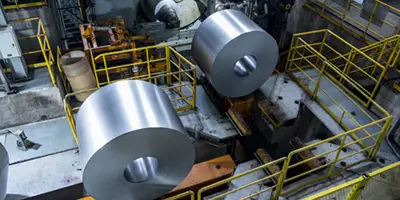
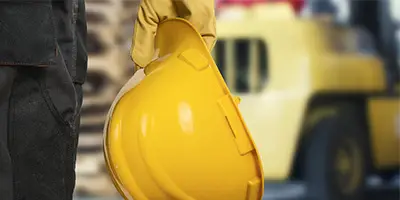
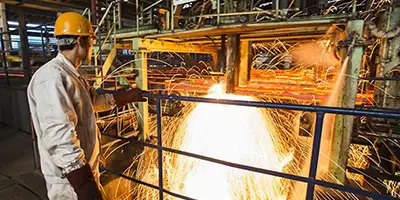
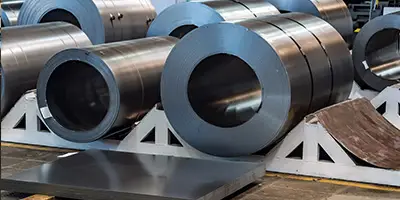

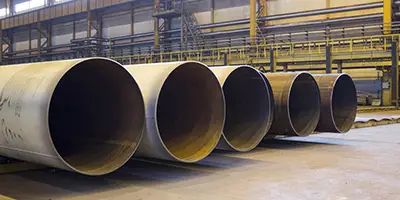

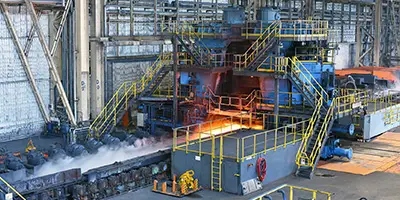
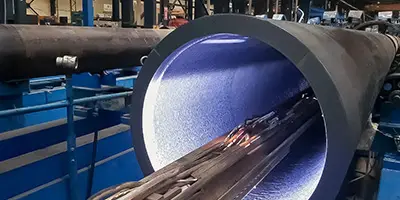
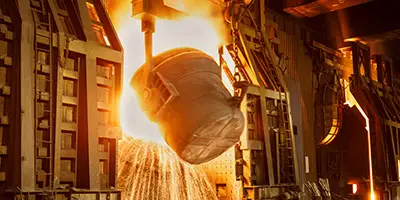
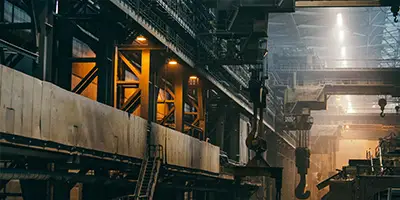

 Phone :
Phone :  Whatsapp :
Whatsapp :  Email :
Email : 


